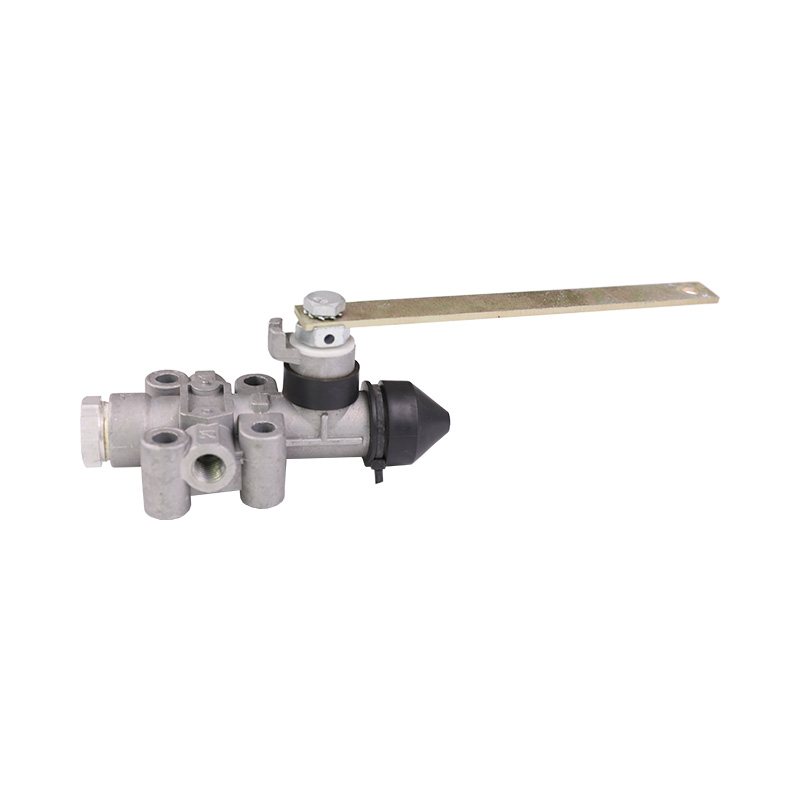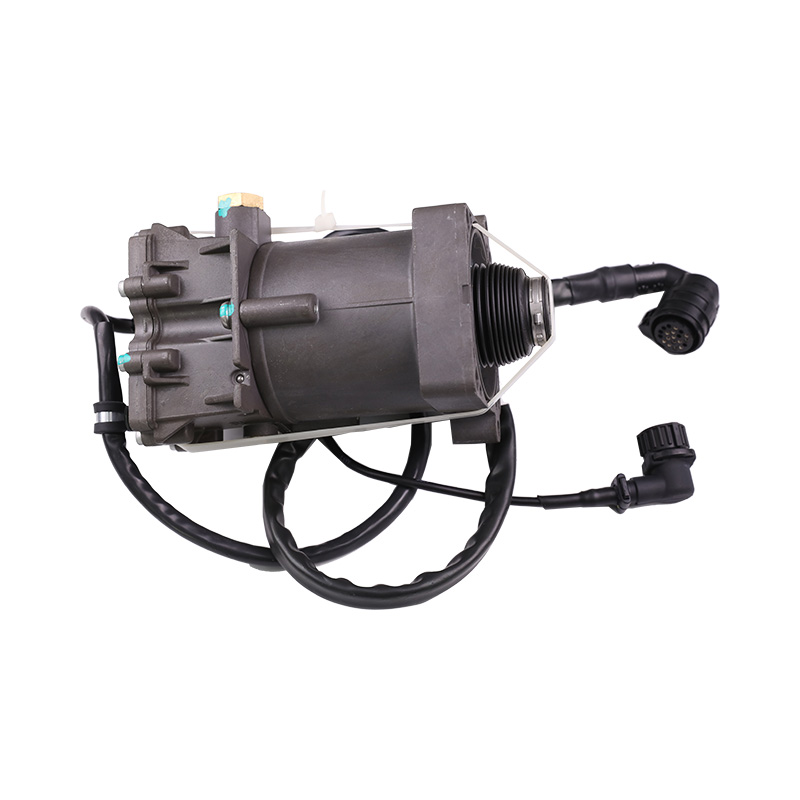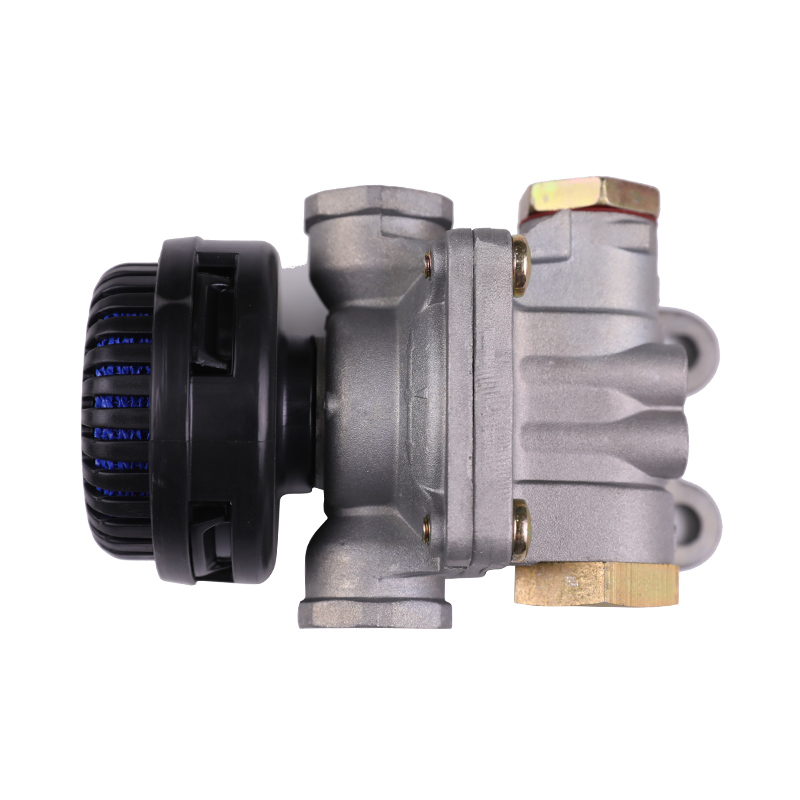The failure of the air brake valve seal is one of the key factors affecting the performance of the brake system. Its consequences not only involve the weakening of the braking effect, but also may cause a series of safety hazards. The air brake system relies on the pressure of compressed air to achieve efficient braking. The failure of the seal directly leads to air leakage, which cannot maintain the pressure required by the system, thus affecting the response speed and effect of the brake. When the driver steps on the brake pedal, if the air brake valve is not sealed enough, air will escape through the leak point, resulting in insufficient brake pressure. In this case, the braking response will be significantly slow, especially when driving at high speeds, the risk of the vehicle not being able to stop in time will increase significantly, which is very likely to cause traffic accidents.
The failure of the seal will also significantly prolong the response time of the brake system. Under normal circumstances, the air brake system should be able to respond quickly to the driver's operation to ensure timely braking effect. However, the air leakage caused by the failure of the seal makes it take longer for the brake system to re-establish sufficient pressure for effective braking. This delay not only affects the driving comfort, but also may lead to the failure to brake in time in an emergency, increasing the risk of collision.
In addition, the failure of the seal may also cause the overheating of the brake system. Under normal working conditions, the seal of the air brake valve can effectively maintain the air pressure in the system and ensure the stable operation of the brake system. However, after the seal fails, air leakage will force the compressor to operate frequently to maintain the required pressure, which undoubtedly increases the load on the compressor and leads to excessive heat generation. Long-term overheating will not only damage the compressor itself, but may also affect the performance of other related components, ultimately leading to a decline in the overall performance of the brake system and increasing the cost of repair and replacement.
In addition, seal failure may also cause increased wear of the brake system. The seal inside the air brake valve is designed to reduce friction and wear, but when the seal fails, air leakage will cause pressure fluctuations inside the valve, which will increase the wear between the moving parts of the valve. This continuous wear will not only shorten the service life of the air brake valve, but may also cause more serious mechanical failures, increasing the complexity and cost of vehicle maintenance.
In order to ensure the safety and reliability of the air brake system, it is essential to regularly check and maintain the sealing performance of the air brake valve. By promptly detecting and repairing seal failure problems, the risk of brake system failure can be effectively reduced and the overall safety of the vehicle can be improved. It is recommended that during daily vehicle maintenance, attention should be paid to the inspection of the air brake system to ensure that the seals are intact and to avoid major safety hazards caused by minor mistakes.






